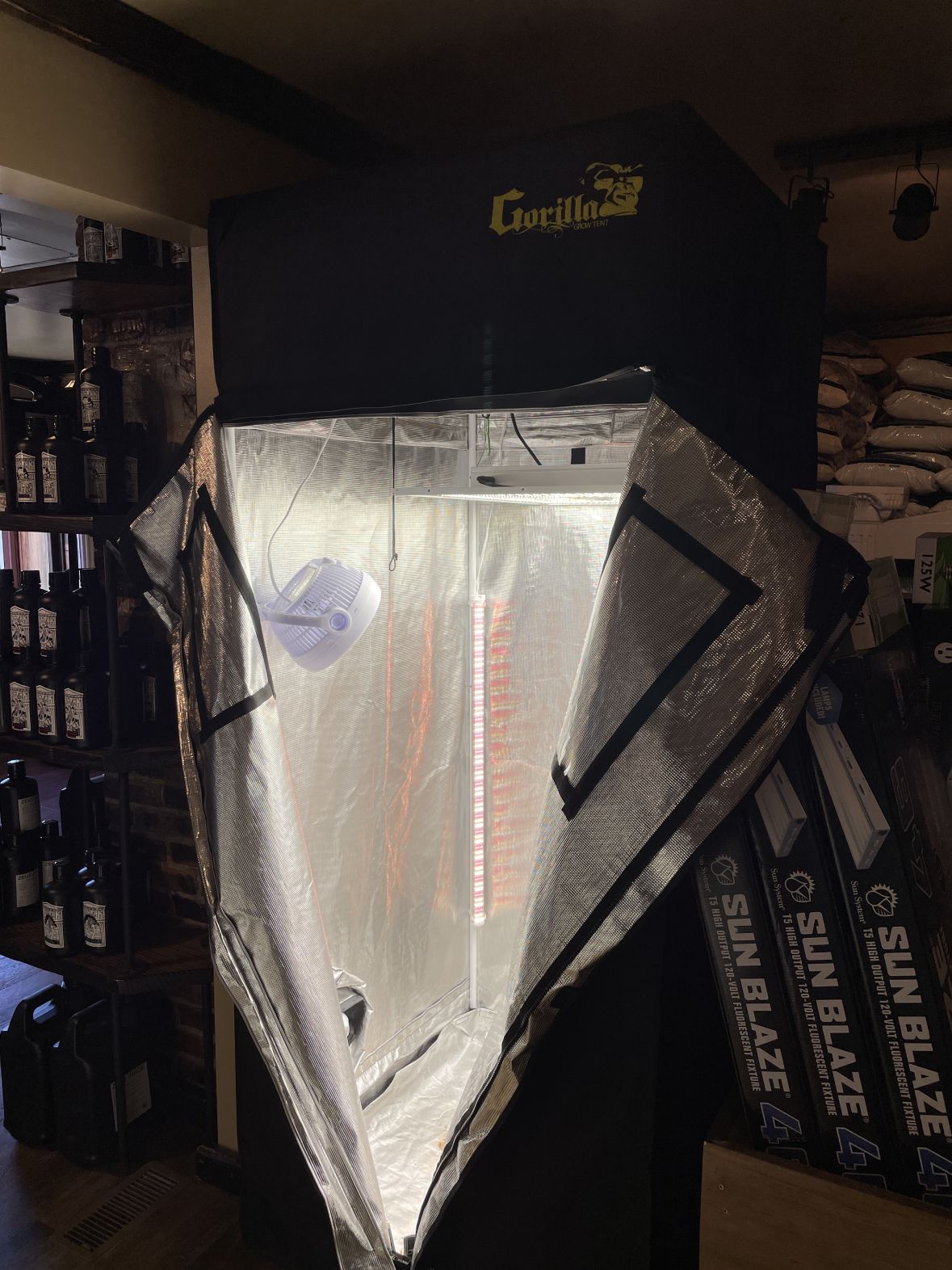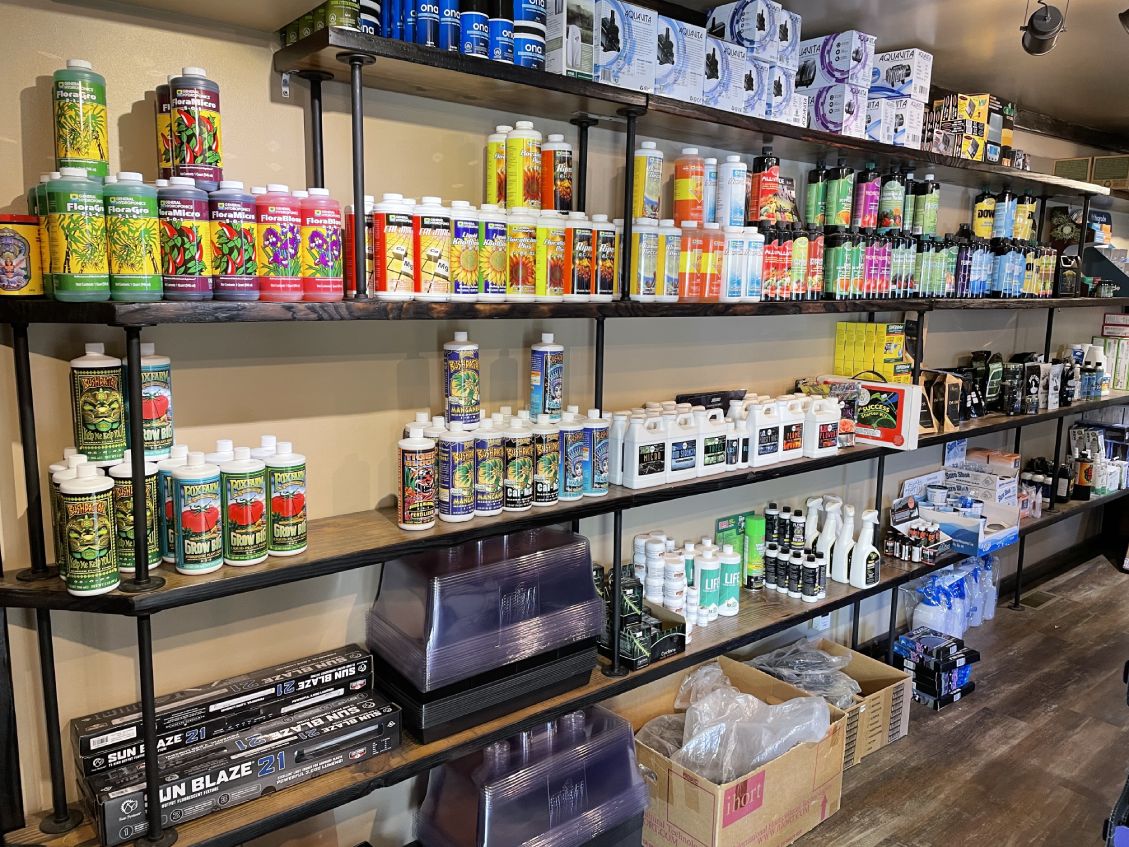Unravel the Secrets of Successful Planting with The Indoor Earthworm
Unravel the Secrets of Successful Planting with The Indoor Earthworm
Blog Article
Opening the Potential of Hydroponics: Understanding Its Uses and Different Types
Hydroponics, an approach of growing plants without soil, has gathered increasing attention for its prospective to revolutionize agriculture and horticulture techniques. As we browse with the detailed landscape of hydroponic systems and methods, it ends up being evident that each strategy holds distinctive advantages and constraints.
Benefits of Hydroponic Systems

Another advantage of hydroponic systems is the capability to expand plants in a smaller sized area. By removing the need for soil, plants can be grown up and down or in stacked systems, maximizing using offered space. This is particularly beneficial in metropolitan areas or areas with minimal cultivable land. Hydroponic systems reduce the risk of soil-borne conditions and insects, as there is no dirt to nurture these threats. This causes much healthier plants and decreases the requirement for unsafe pesticides, making hydroponic farming a more ecologically pleasant and sustainable choice.
Common Makes Use Of in Agriculture

Provided the effective water preservation and space-saving advantages of hydroponic systems, it is apparent that these ingenious agricultural techniques have located common usages in different sectors of farming. In conventional agriculture, soil-based farming can be land-consuming and labor-intensive. Hydroponics provides a service by enabling crops to be expanded without dirt, decreasing water usage by as much as 90% compared to conventional farming approaches. This makes hydroponics especially appropriate for areas encountering water scarcity or limited arable land. The controlled environment of hydroponic systems enables year-round farming, giving a regular supply of fresh fruit and vegetables no matter of external weather condition conditions.
Hydroponics is typically used for growing a selection of crops, consisting of leafed environment-friendlies, tomatoes, cucumbers, natural herbs, peppers, and strawberries. Its convenience includes vertical farming, metropolitan agriculture, and greenhouse production. Furthermore, hydroponic systems are used in research and academic setups to study plant cultivation, nutrition, and growth strategies. The adaptability and effectiveness of hydroponics make it a useful device in contemporary agriculture, resolving the challenges of sustainability, food safety, and source optimization.
Discovering Various Hydroponic Methods
Hydroponic systems provide a variety of techniques that provide to various plant kinds and growing goals. Additionally, the Ebb and Circulation system, likewise recognized as the Flooding and Drainpipe system, intermittently floods the plant origins with nutrient remedy, permitting for oxygenation throughout draining pipes durations. Each of these techniques showcases the flexibility and efficiency of hydroponic systems in boosting crop development and yield.
Comparing Different Hydroponic Systems
Checking out the performance and yield look at here improvement strategies in hydroponics leads us to compare numerous hydroponic systems available for crop growing. Each hydroponic system has its unique functions, benefits, and limitations, making it critical for growers to choose one of the most suitable system based on their certain demands and restraints.
Among one of the most usual hydroponic systems is the nutrient film technique (NFT), where a thin movie of nutrient remedy continually moves over the plant origins. This system is treasured for its water efficiency and suitability for expanding leafed greens and herbs. On the other hand, the deep water society (DWC) system immerses plant origins straight right into the nutrient solution, supplying ample oxygen and nutrients. The DWC system is affordable and fairly basic, making it a preferred selection for newbies.
An additional preferred hydroponic system is the ebb and flow (or flood and drain) system, click here now which regularly floodings the plant origins with nutrient remedy before draining it. By recognizing the distinctions between these hydroponic systems, cultivators can make enlightened decisions to take full advantage of plant return and quality.
Developments in Hydroponic Innovation
One key advancement is the development of wise hydroponic systems that use sensors and automation to keep track of and adjust ecological conditions such as pH degrees, nutrient focus, and light direct exposure in real-time. These systems enable specific control over expanding conditions, leading to optimum plant development and higher crop returns.
An additional remarkable innovation is the assimilation of vertical farming strategies with hydroponic systems, enabling for the farming of plants in piled layers. This upright technique takes full advantage of area utilization, making it suitable for metropolitan settings where land accessibility is restricted - The Indoor this contact form Earthworm. Additionally, making use of sophisticated LED lights systems tailored to details plant requirements has actually boosted energy effectiveness and improved growth prices in hydroponic setups
Developments like these are driving the development of hydroponics, making it a very attractive and lasting alternative for contemporary farming.
Final Thought
In final thought, hydroponics uses many benefits in farming and has different techniques and systems that can be used to optimize its capacity. Innovations in hydroponic modern technology continue to improve effectiveness and sustainability in food production. By recognizing the uses and different sorts of hydroponic systems, cultivators and farmers can unlock the complete capacity of this cutting-edge method of growing plants without soil.
Additionally, hydroponic systems allow for much better control over nutrient levels, pH balance, and environmental conditions, leading to healthier plants and higher yields.

Report this page